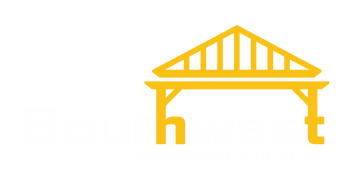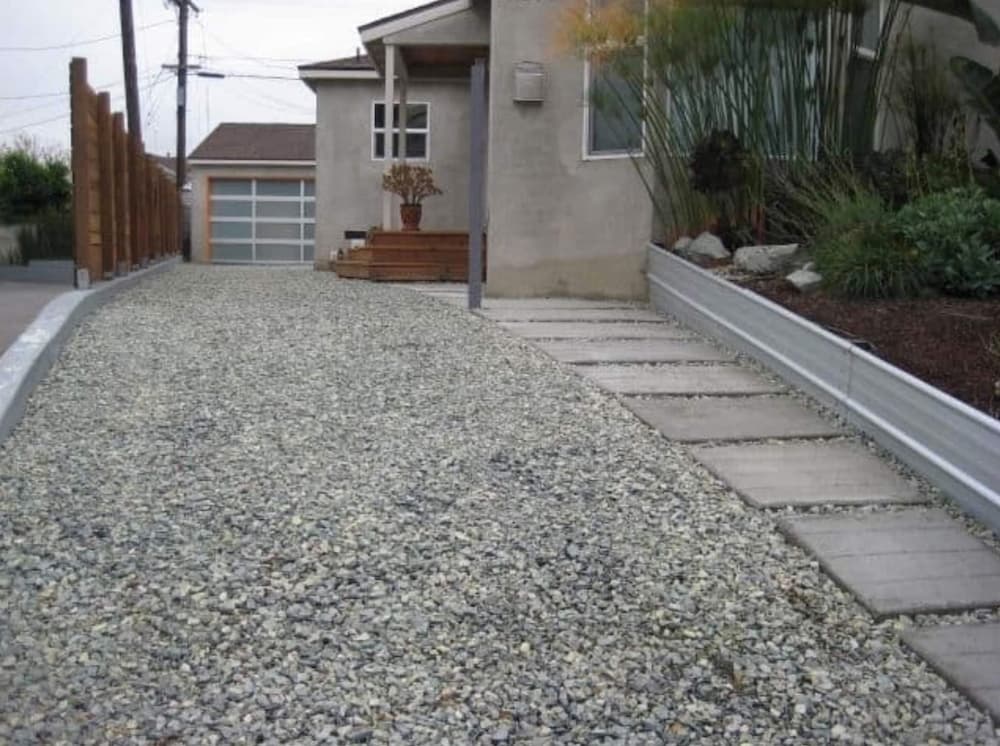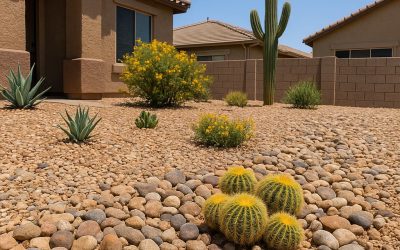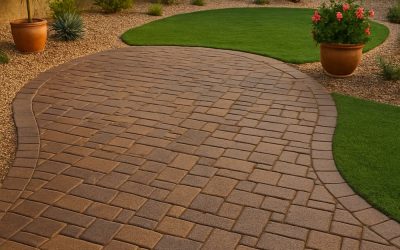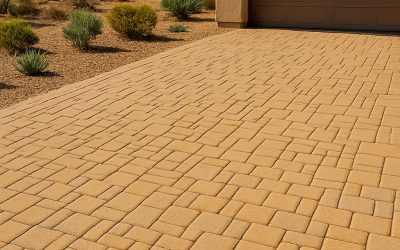Thinking about upgrading your yard with landscape rock? You’re not alone, landscape rock is one of the best ways to create a clean, low-maintenance, and beautiful outdoor space, especially here in Arizona. This guide will walk you through everything you need to know, from choosing the right materials to installing and maintaining them the right way.
Why Choose Landscape Rock for Your Garden
Landscape rock is a great option for Arizona yards because it’s tough, long-lasting, and easy to maintain. Unlike mulch or wood chips, rocks won’t break down over time, so you won’t have to replace them often. That means less work and more time enjoying your yard.
Rocks are also budget-friendly in the long run. While the upfront cost may be higher than other materials, you save money over time because there’s little to no upkeep required. They don’t need water, trimming, or replacing, which is great for both your wallet and your schedule.
Another big benefit is style. Landscape rocks come in all shapes, sizes, and colors, so they work with just about any garden design. Whether you want a modern, clean look or a more natural desert feel, rocks can help tie everything together.
Gathering the Right Tools and Materials
Before starting your project, gather the tools and supplies you’ll need. A wheelbarrow makes it easy to move rocks around your yard. Shovels and rakes are helpful for leveling the ground, and gloves will protect your hands from sharp edges. You may also want to use landscape fabric to stop weeds from growing up through the rocks.
Picking the right type of rock is important. River rocks, gravel, and lava rocks all look different and serve different purposes. Think about how much sun the area gets and how you want it to look. Some rocks absorb more heat, while others are better for cooler surfaces or water drainage.
It also helps to have a few extra supplies like edging materials to define your space, potting soil if you’re planting nearby, and a spray adhesive for keeping small rocks in place on slopes. These extras help your project look more polished and stay put longer.
Preparing Your Yard for Installation
Start by checking the area where you plan to place the rocks. Notice things like sunlight, how water drains, and where plants already grow. Then sketch out your layout. Having a plan ahead of time will help you avoid mistakes and make the space more useful.
Next, clear the space of grass, weeds, and debris. Use a shovel or hoe to dig out the top layer of soil. For larger areas, a sod cutter may save time. Once it’s clear, level the ground as best as you can. A flat base will make it easier to spread the rocks evenly and help prevent shifting later.
To stop weeds from growing back, lay down landscaping fabric over the prepared soil. This helps keep things neat while still allowing water to soak through. If you want, you can also add mulch around the edges for extra weed control and a clean finish.
Techniques for Evenly Spreading Landscape Rock
Once your space is prepped, it’s time to spread the rocks. Instead of dumping them in one big pile, spread them out in smaller piles across the area. This makes it easier to control the coverage and get an even layer.
Use a shovel or landscape rake to spread the rocks evenly. Start at one end and work your way across the space. If the area is large, a wheelbarrow will help you move rocks faster without hurting your back.
After everything is spread, take a walk around and check for any thin or uneven spots. Add more rocks where needed and smooth things out. For a clean final look, you can gently tamp the rocks down or use a leaf blower to remove dust and debris from the surface.
Keeping Your Landscape Rock Looking Great
Just like anything else outside, landscape rock needs some care to keep it looking nice. Check your rock areas every few weeks for weeds. If you see any, pull them out early before they spread. You can also rinse the rocks with a hose once in a while to wash away dirt and bring back their natural color.
Over time, some rocks may shift or settle. If you notice bare spots or uneven areas, just rake the rocks back into place. You might need to add a little more rock once or twice a year to keep the layer full and consistent.
If you see water pooling after rain, your drainage might need a little help. Adjust the layout or add extra gravel to guide the water away. Good drainage keeps your rocks from washing out and protects nearby plants and soil from erosion.
Final Thoughts
Installing landscape rock is a smart way to add beauty, function, and low-maintenance appeal to your yard. With the right prep, tools, and techniques, you can create a long-lasting space that looks great and works well in Arizona’s dry climate. Whether you’re going for a clean modern look or a rugged natural feel, landscape rock gives you the flexibility to design a yard you’ll love for years to come.
